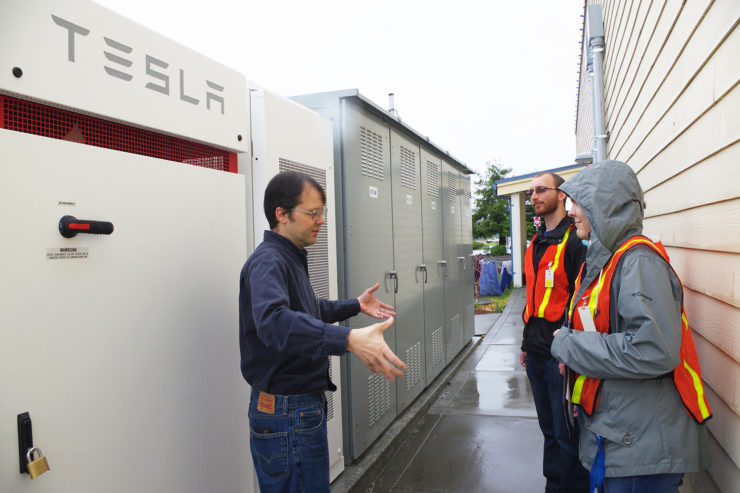The Solar+ project at the Blue Lake Rancheria (BLR) is fast approaching completion. This summer, we are working closely with the BLR and with our project partners at Lawrence Berkeley National Laboratory to connect the final pieces of hardware and software for the Rancheria’s fueling station microgrid. Once the project is commissioned and operational, we will run a range of experiments on the advanced controls that form the core of the system.
When we started this project in 2017, we knew that finding microgrid solutions that work for small-to-medium commercial buildings was important — but we could not have predicted how wildfires would intensify the need for these systems. Electric utilities on the West Coast are now using Public Safety Power Shutoff events to reduce wildfire risk by deenergizing parts of the grid. We have already had one of these events in PG&E’s service territory this summer, impacting ~22,000 customers, and expect more to come. Because fueling stations provide critical services not only for evacuees but also for first responders in high risk fire districts, maintaining electricity at these stations has become a wildfire mitigation goal.
Our May technical advisory meeting for this project focused on resiliency and disaster preparedness. Designing microgrids that can keep critical facilities online during blackouts is emerging as a key area of our work. As our Solar+ microgrid at the Blue Lake Rancheria enters its deployment and reporting phase, we will seek ways to connect our results with this emerging challenge.
















